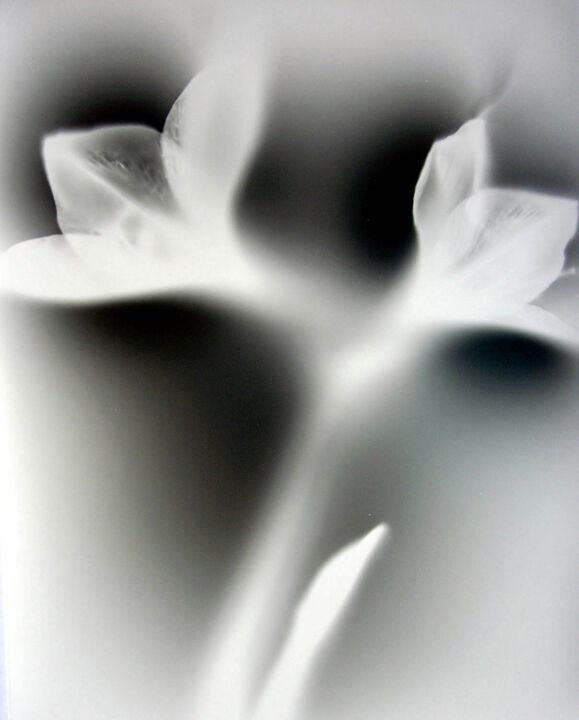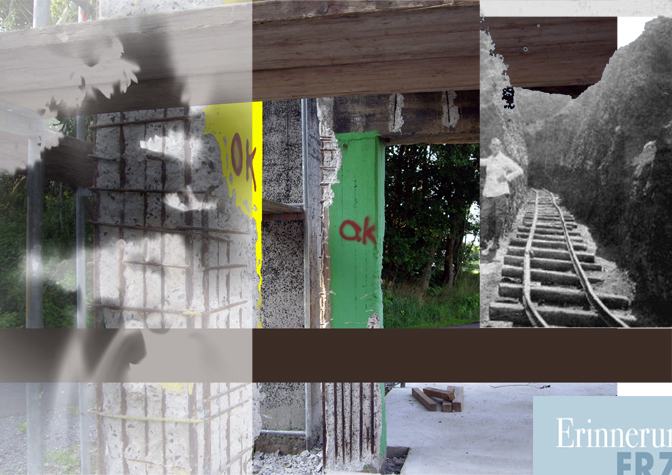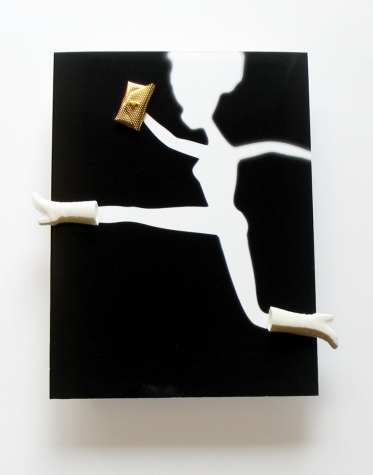Anja Mohr, Linden, Germany
Ms Anja Mohr is professor for teaching methodology of fine arts at Ludwig-Maximilians-University Munich (Germany). As a scientist, artist and a promoter of art she engages herself in the medial imagery of children and their artistic-aesthetic discoveries as well as the exploration of space and places. In her own artistic work she focuses on experimental photography. By disassociation and abstraction she intends to question the familiar ways of perception and patterns of action to enable new and unusual perspectives, by transferring everyday objects into diverse contexts thus ascribing a new meaning to them.
“I’m interested in the relation between human, nature and technology.
The focus of my series “Wochenmarkt und Tagesdosis” for example lies in the artistic discourse about the aesthetic appearance of ecological and regional food. The most fascinating aspect for me is the sensual experience of picking, processing and not to forget eating. “
My artistic focus is on experimental photography. Using means of alienation and abstraction, I want to question familiar visual habits and schemes of action and open up new perspectives and unusual angles.
Although the photogram technique depicts the objects in the most direct form, namely without a camera, the flowers appear strange and in a new aesthetic. Stripped of their colourfulness and spatial allocation, the flowers seem strangely removed from reality. In the play of light and shadow, they reveal their delicacy but also their fragility.

Places become images
The series Places Become Pictures is about the artistic exploration of a former ore mining area in Hesse, the so-called "Weickartshainer Schweiz". In the process, the spatio-temporal, socio-cultural, socio-political, architectural and, last but not least, aesthetic dimensions of the place, which are anchored and documented in different media, were researched and compiled in order to merge them digitally in a further step. These include photos from then and now, photograms in which nature becomes visible in a new way, stories and poems found in books or on the internet, her own notes on thoughts and feelings while exploring the place, and also the correspondence connected with the realisation of the project. Stripped of their original chronology and historicity, the documentations acquire a new aesthetic presence. They combine past and future, the foreign and the familiar, the distant and the near, text and image, the material and the immaterial, remembering and forgetting.

„My barbie with..."
Who did not, apart from a few men possibly, play with a barbie in her childhood? Dressing, changing and masquerading barbie were part of a daily ritual and questions of hairstyle and charisma were raised anew each day. When my barbie was beautifully dressed I also felt fine, when she was styled well I wasn`t afraid of comparing myself with others. Reduced in form and colour, the fotograms too open up opportunities of dressing, changing and masquerading, thus reflecting the early childlike way of playing with one`s own desires and imaginations.
Anja Mohr 2006

Photogram
The photogram always plays a central role in my artistic practice. In view of the technical procedure, it is actually a unique piece, but I often integrate the photogram into other artistic processes. Among other things, I create light installations and computer photogram collages. In contrast to photography, the photogram has always been attributed properties that lie beyond the actual representation of reality: Matter is dematerialised; reality turns into surreality; a different kind of reality and imaginary spatiality are suggested. At the beginning of the 21st century, in which the perception of reality through the media and entering virtual spaces are almost part of daily life, these concepts seem to me to be more present than ever. Using means of alienation and abstraction, I would like to question familiar visual habits and schemes of action and open up new perspectives and unusual angles of view.









